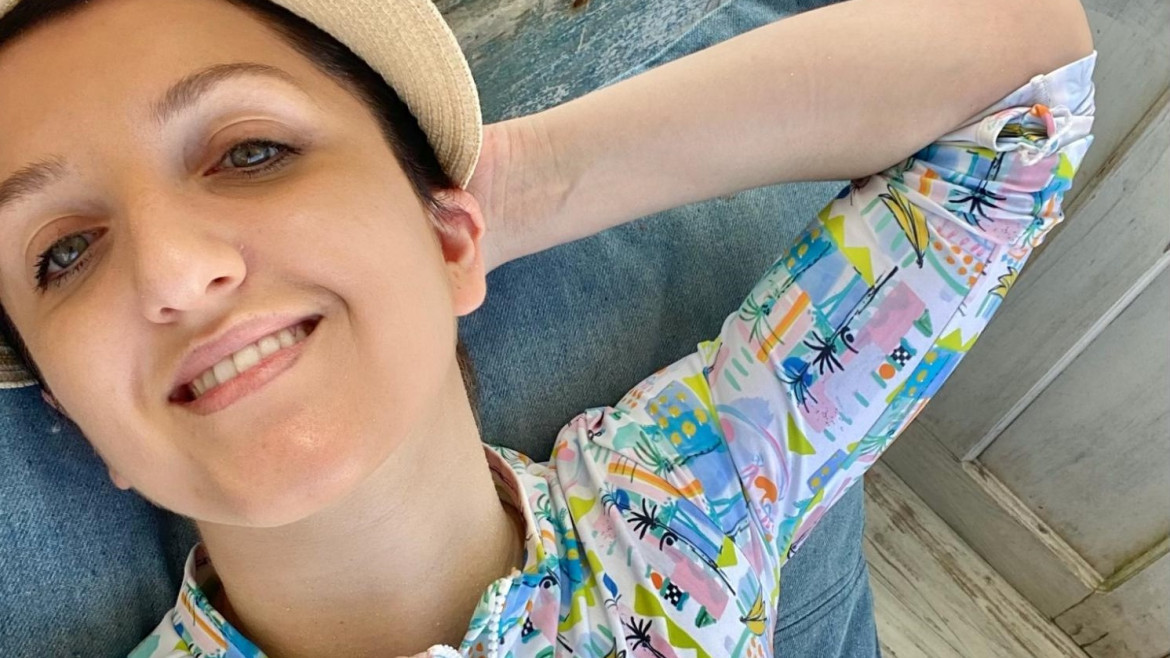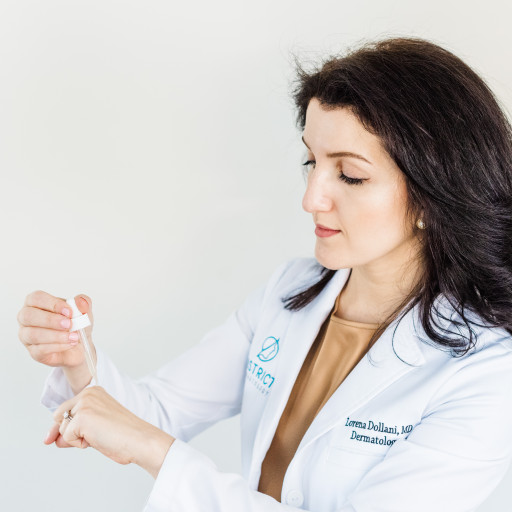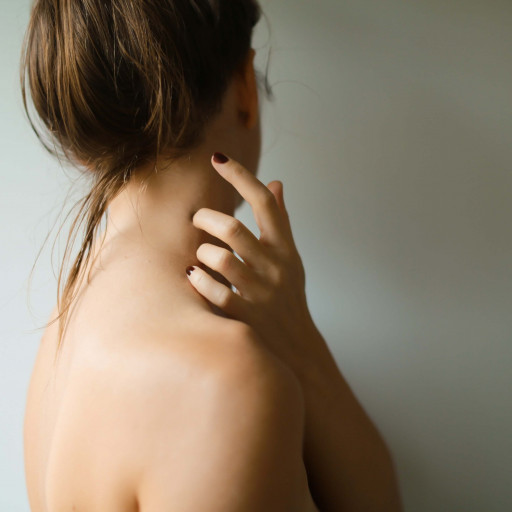The sun is undoubtedly one of the most important sources of life and energy for us. However, UV radiation is one of the major contributors to skin cancer. Unlike genetic risk factors, however, this is one we can protect against in order to reduce our skin cancer risks. Here are some skin cancer prevention tips that you can easily apply to your everyday life.
Avoid Long Sun Exposure
The ultraviolet rays from the sun, particularly UVB and UVA, are risk factors that not only contribute to sunburns and sun damage but also cause the skin to age faster. Wrinkles, dryness, dullness, sun spots, can all appear as a result of this exposure and contribute to the formation of skin cancers. Therefore, you are advised to avoid long exposures on the sun and especially seek shade between the hours of 10 a.m. to 4 p.m. when UV rays are the strongest.
Use Broad-Spectrum (UVA/UVB) Sunscreen
Sunscreen is one of the most effective ways to protect our skin against harmful sun rays. Sunscreen should be applied daily, all year long. Yes, even during wintertime! Choose a sunscreen that is broad-spectrum and with an SPF greater than 30.
Avoid Indoor Tanning
Tanning beds, booths, sunbeds, sunlamps, or similar tanning equipment are all sources of intense exposure to UV rays which are a known cause of cancer. The more frequent the exposure to indoor tanning and UV rays in general, the greater the chances of developing skin cancer.
Avoid Sunburn
Regardless of the severity, each sunburn is an injury to the skin that can lead to its premature ageing and consequently to skin cancers. Especially in people with a lighter skin complexion and those with genetics that are predisposed towards cancer, the UV rays from sunburn can damage the skin and slow down its ability to repair itself. Even one blistering sunburn can increase your chances of developing melanoma which is one of the most aggressive types of skin cancer.
Cover Up
To protect yourself from the dangerous effects of ultraviolet rays, aside from seeking shade and using sunscreens, UPF clothing can be a great addition. UPF stands for Ultraviolet Protection Factor. Clothing that has UPF 50 is great at making protection easier so that you don’t have to worry so much about reapplying sunscreen. There are many brands now offering stylish UPF clothing to protect your skin. When it comes to your eyes, face, ears, and neck, wear wide brim hats that offer a wider shade and UV-blocking sunglasses for protecting the eyes.
Examine Your Skin
It is recommended that you see a dermatologist once a year for a total body skin exam to have all your moles examined. Skin checks should also be done monthly at home to evaluate for any new or changing moles. This way you are closely monitoring if any moles are changing in size, shape or color.
Consult Your Dermatologist
If you spot any irregularities in the skin, consult a board-certified dermatologist in order to get an expert evaluation. Moreover, if you have a genetic predisposition and skin cancer runs in your family, yearly check-ups can help you stay ahead of cancer and catch it early, which in turn can help to get the most effective treatment in a timely fashion. When skin cancer is caught early it is treatable and has excellent prognosis.
Simple measures can make a tremendous difference in maintaining healthy skin and preventing cancer, therefore don’t underestimate the power of a good SPF, being cautious toward sun exposure, avoiding tanning beds, and getting regular skin examinations.


